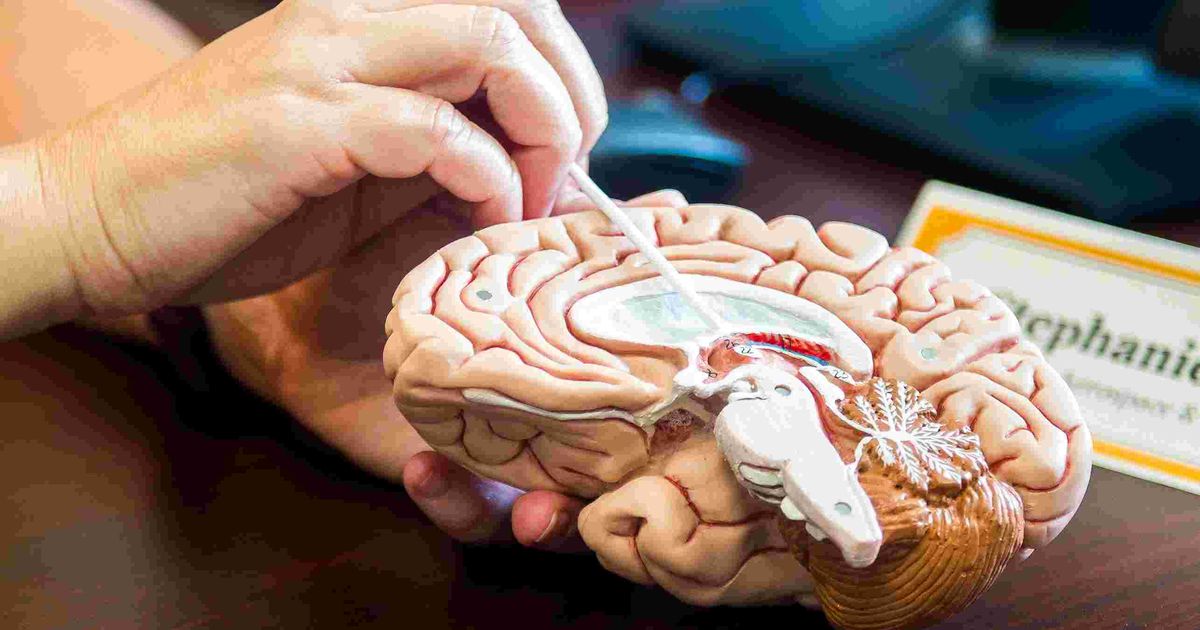How To Treat And Manage Congenital Hydrocephalus
All humans are born with some cerebrospinal fluid around their brain to cushion the area, but children with congenital hydrocephalus are born with a dangerously high amount of fluid around the brain. This can be dangerous because the excess fluid puts a lot of pressure on the brain and developing skull. Children with congenital hydrocephalus tend to be born with unusually large heads, and they may have problems like seizures, slowed heart rates, vomiting, headaches, and reduced breathing. When dealing with congenital hydrocephalus, there are many potential treatment methods available. Depending on your child's overall health and the cause of their hydrocephalus, the doctor may recommend one or more of the following treatments.
Removal Of The Cause

One of the first steps in managing congenital hydrocephalus is discovering the cause. Many individuals who are born with hydrocephalus have a genetic condition that cannot be treated. When genetics have caused the areas of the brain and spinal tube to be malformed, the underlying cause cannot be addressed. However, it is possible for a child born with hydrocephalus to just have the condition due to a blockage, tumor, or cyst. In these situations, it may be possible to treat the cause. Removal of the cause can make the congenital hydrocephalus go away altogether, or it may at least reduce the severity of the condition.
Keep reading to learn about the next option for the treatment of congenital hydrocephalus.
Inserting A Shunt

Doctors can install a shunt system to immediately remove the pressure on the brain. Inserting a shunt is a surgery that involves an individual getting general anesthesia. Once they are unconscious, the surgeon will make a hole through the skull. The shunt's catheter will be placed in the optimal position to drain fluid, and it will send extra fluid to the chest or abdomen where the body can go ahead and reabsorb the fluid. Depending on a patient's needs, the shunt may have a valve that drains at a set rate or an adjustable valve that can drain more or less fluid as needed. It can take a little while to recover from this surgery because it is so intensive. Most patients need to spend a little time in the hospital, and they will need to take it easy for several weeks afterward. A shunt can be a great way to manage hydrocephalus, but since it is a serious surgery, some doctors might not recommend doing this for very small children.
Get to know more about treating congenital hydrocephalus effectively now.
Endoscopic Third Ventriculostomy

An endoscopic third ventriculostomy is a type of surgical procedure that can relieve the hydrocephalus without requiring the patient to get a shunt implanted. This type of surgery is not used in all cases, but it can work in those with obstructive or non-communicating congenital hydrocephalus. If an individual has hydrocephalus due to a blockage in the normal flow of the cerebrospinal fluid, a ventriculostomy can help. During the surgery, the doctor uses an endoscope. This tool is a thin, flexible tool used to transfer tiny surgical instruments to the brain where the doctor can then use them to open up a passage between the third and fourth ventricles. The endoscopic technology means doctors do not have to make large incisions in the skull, so this is a safer form of surgery. Once an opening is made in the membrane along the bottom of the third ventricle, cerebrospinal fluid can begin flowing out of the skull again.
Continue reading to uncover the next treatment for congenital hydrocephalus.
Physical Rehabilitation

If the hydrocephalus was not diagnosed or treated as soon as possible, it may end up causing physical development issues. Children born with hydrocephalus often struggle with coordination, have poor vision, and have impaired motor skills. Physical rehabilitation is a valuable tool for treating these symptoms. Therapy can teach children how to better control their body, so they can run around with constantly tripping and falling. Exercises help to strengthen underused muscles, and repeated practice makes it easier for children to have coordination. Physical therapy also provides techniques that make it easier for children to dress themselves, use a fork, write with a pencil, or tie a shoe. The right rehabilitation will help a child with congenital hydrocephalus to lead a normal life as they get older.
Get to know more about treating congenital hydrocephalus by reading more now.
Additional Educational Programs

Congenital hydrocephalus can greatly slow development in children because the extra pressure makes it hard for the brain to grow as it should. Because of this, there may potentially be some developmental issues as a child grows. Even after the congenital hydrocephalus is treated, a child may struggle to catch up to their age group in things like speaking, reading, problem-solving, and task following. The best way to treat these problems is to actively seek educational programs. Instead of hoping a child will catch up on their own time, provide them with the additional educational programs they need to succeed later in life. Educational experts can work with a child to give them the extra teaching and help the child needs to figure out concepts. It can take a little extra time and effort for children with congenital hydrocephalus to learn things, but an early intervention makes a huge difference.